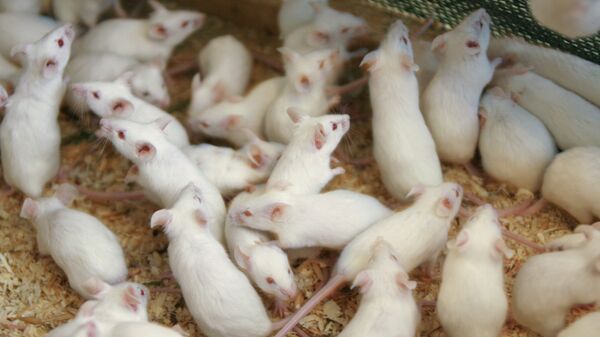"If the opportunity arises to use a promising manned spacecraft during its unmanned flights, we will put mice there", the official said.
Sychev also noted that Russia’s Bion-M2 biosatellite might be flown into space in 2023 instead of in 2022.
"As for Bion, there is talk about 2022, but since now we are discussing inclusion in the project of French specialists with their equipment for lifetime registration of physiological parameters of animals, most likely [the flight] will need to be moved to 2023, as the work requires additional time", Sychev said.
He recalled that the first Bion-M satellite was launched in 2013. It carried mice, geckos, snails, and fish. The next one will have mice, plants, flies, animal cell cultures, and microorganisms on board.
So far, the only living organisms that have reached an 800 km height were American astronauts who flew to the moon, according to the official. After 30 days in space, the satellite will return to Earth.
In addition to the French scientists, American experts from NASA, scientists from Germany, are planning to take part in experiments on the second Bion.
READ MORE: Number of World's Space Launches in 2018 Exceeds 100, Space Industry Source Says
The Federation reusable spacecraft, which is set to replace the Soyuz, has been under development by Russia's Energia Rocket and Space Corporation since 2009. The first unmanned test flight of the Federation is scheduled for 2022 and the first unmanned flight to the International Space Station is expected to take place the following year.
The Federation is planned to take Russia's manned missions to the Moon in about 2030.


